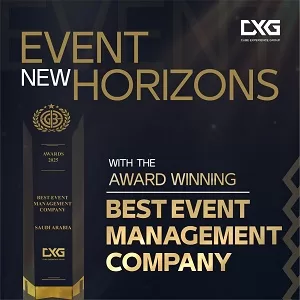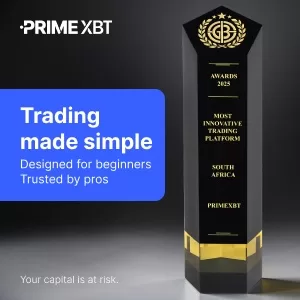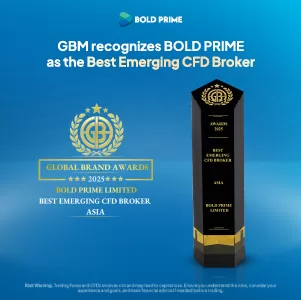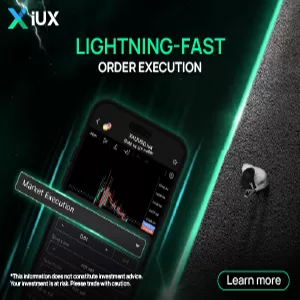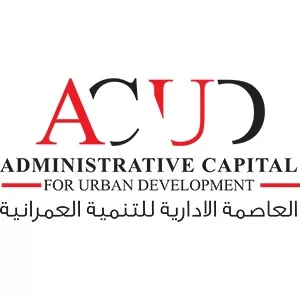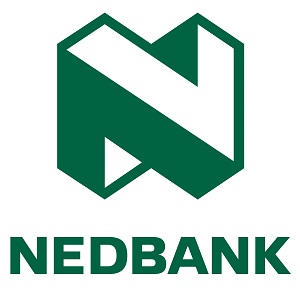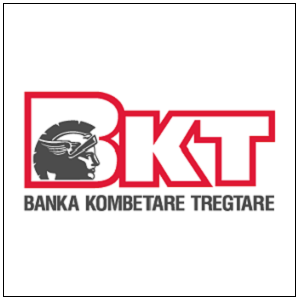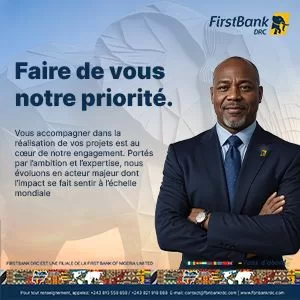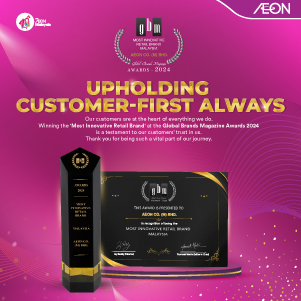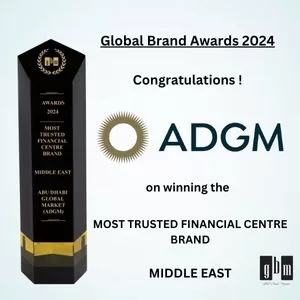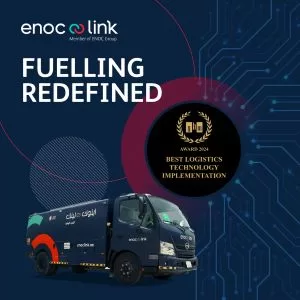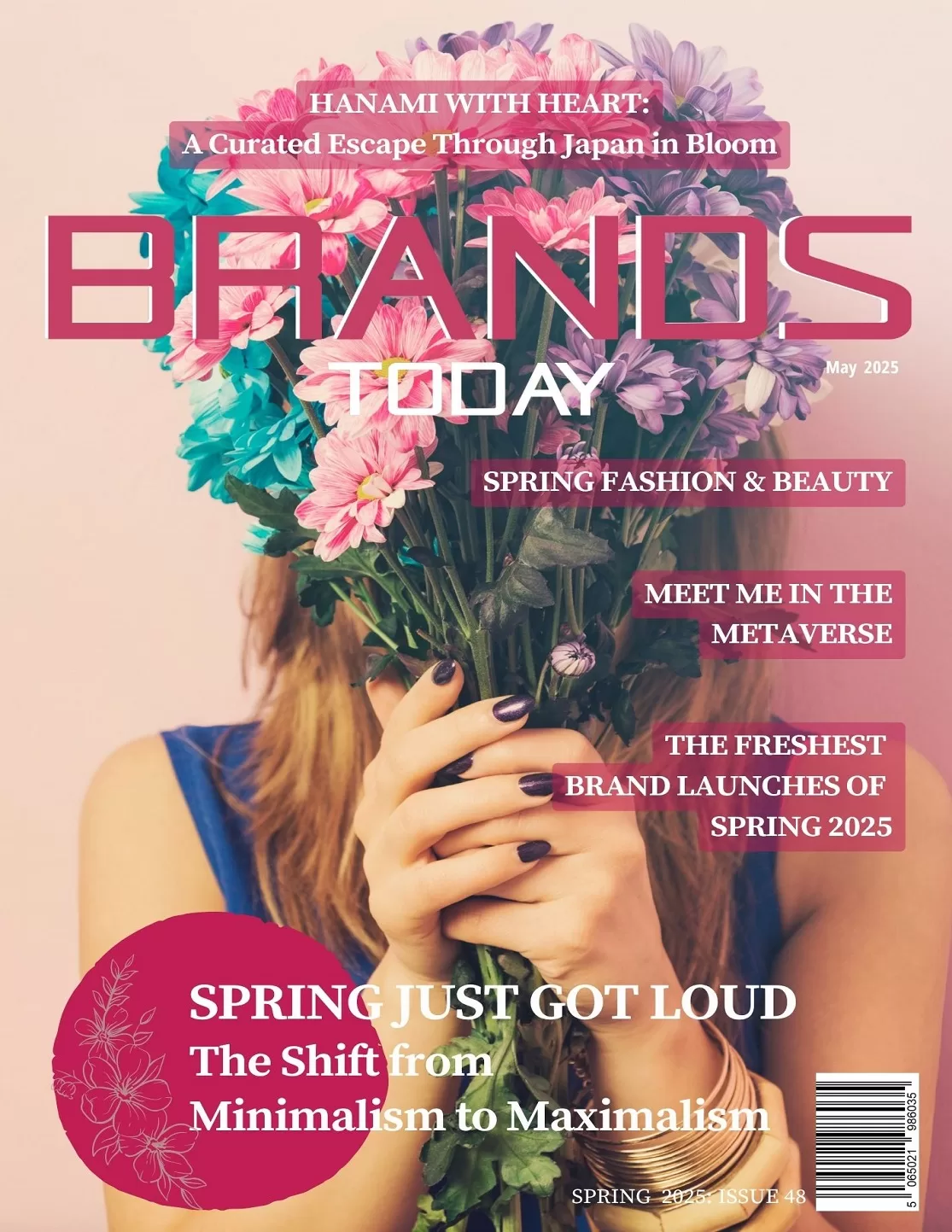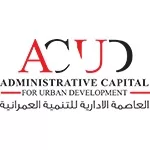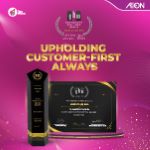Technology
How to Effectively Build an Art Website in 2025
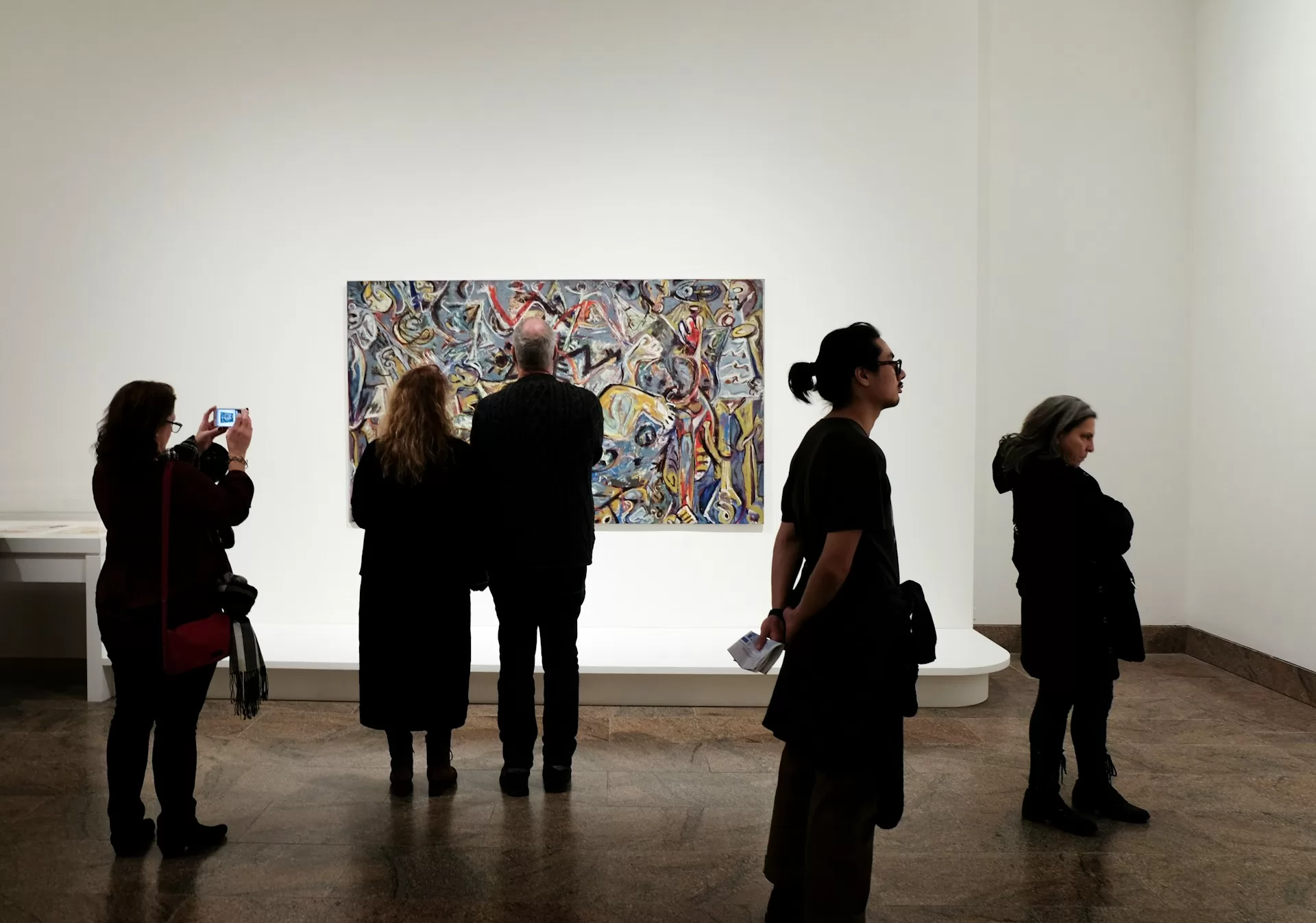
Selling art has changed over the last two decades. At one point, art sales were dominated by galleries, auction houses, and in-person exhibitions. If an artist wanted to make a name for themselves, these options were the only way to do it, but in 2025, the landscape has shifted.
With the rise of digitisation, there are now thousands of art websites where customers can view and buy artwork entirely online.
While the traditional model still exists, this has become the go-to for many customers who want affordable, beautiful pieces of art and are not in the vicinity of any gallery or auction house. For businesses, too, this market has become increasingly profitable.
According to a recent study, the online art market is worth over $12 billion, which makes up about 20% of the global art market, and it’s growing quickly. Because of this, it has become more accessible than ever for brands to enter the online art space and capitalise on the demand for digital sales. But if this is something you would like to do, there are a few things you need to know first.
Diversifying Your Offering
Yes, art is a big seller. But across the web, there are numerous art websites that have already built credibility and trust in their customers. Competing with these websites is incredibly difficult, not to mention expensive, as you’ll need to spend a large portion of your budget on digital marketing and acquiring the artwork in the first place.
For this reason, it’s a good idea to layer your offerings – prioritising some of your best paintings alongside other items. A good example of a brand that does this is the Israeli Center of Judaica (https://israelicenterofjudaica.com/), which sells Judaica-inspired artwork and numerous other products, including jewellery, silverware, decor pieces, and more. By diversifying your offerings – at least initially – it’s far easier to attract a wider audience and increase sales opportunities off the bat.
Being Open and Communicative
Speaking of trust and credibility, these are the two main things you will need to get right if you want to succeed in the art world. For the most part, this is done by being as transparent as possible, and making sure your website is communicative. Yes, you are essentially running an online exhibit, but if this was all done in-person, you would have the opportunity to speak to potential customers and help them navigate what you have on offer. This is something you will need to replicate online, opting for excellent navigation on the site and giving customers the ability to speak to the team in real-time.
This can be achieved with several features, including live chat options, email support, and easy access to phone numbers or contact forms. But it should also be achieved with strong content and product descriptions that help to guide the user through the collection, giving them useful insights that might help to sway their decision. The last thing you want to do is simply display images of the artwork and leave it to the customer to work out what they’re looking at. Try to provide as much context as possible, working to connect buyers with the artwork on a deeper level, while giving them confidence that you know what you’re selling and what makes it such a good investment.
Delving into SEO
There are many other things you can do to make your website as professional and enticing as possible. As well as offering numerous products and being ultra-transparent, you should be providing clear pricing, opting for high-quality visuals, a clean and minimalist design, and a smooth UX that makes it easy for visitors to find and purchase the artwork they’re looking for. One of the most important things to make sure, however, is that you are doing all of this for a reason. By that we mean, there are so many new art brands that put everything into the website, but don’t leave enough of their budget to focus on their Google rankings.
Without effective SEO – which uses relevant keywords in artwork descriptions, names images files properly, and relies on quality art-related content to drive organic traffic – there isn’t a strong chance that your website will even be found in the first place, which makes all of your endeavours useless. You don’t even need a big budget to get the job done. All you need is to examine your niche and utilise keywords that are relevant for your target audience – avoiding competition with bigger, well-known brands that are utilising the most popular, broad keywords. The more you do this, the higher your chances of ranking well on Google, which subsequently increases the amount of users visiting your site. So make sure you keep this in mind and work on creating a quality site that people are drawn to visit.




